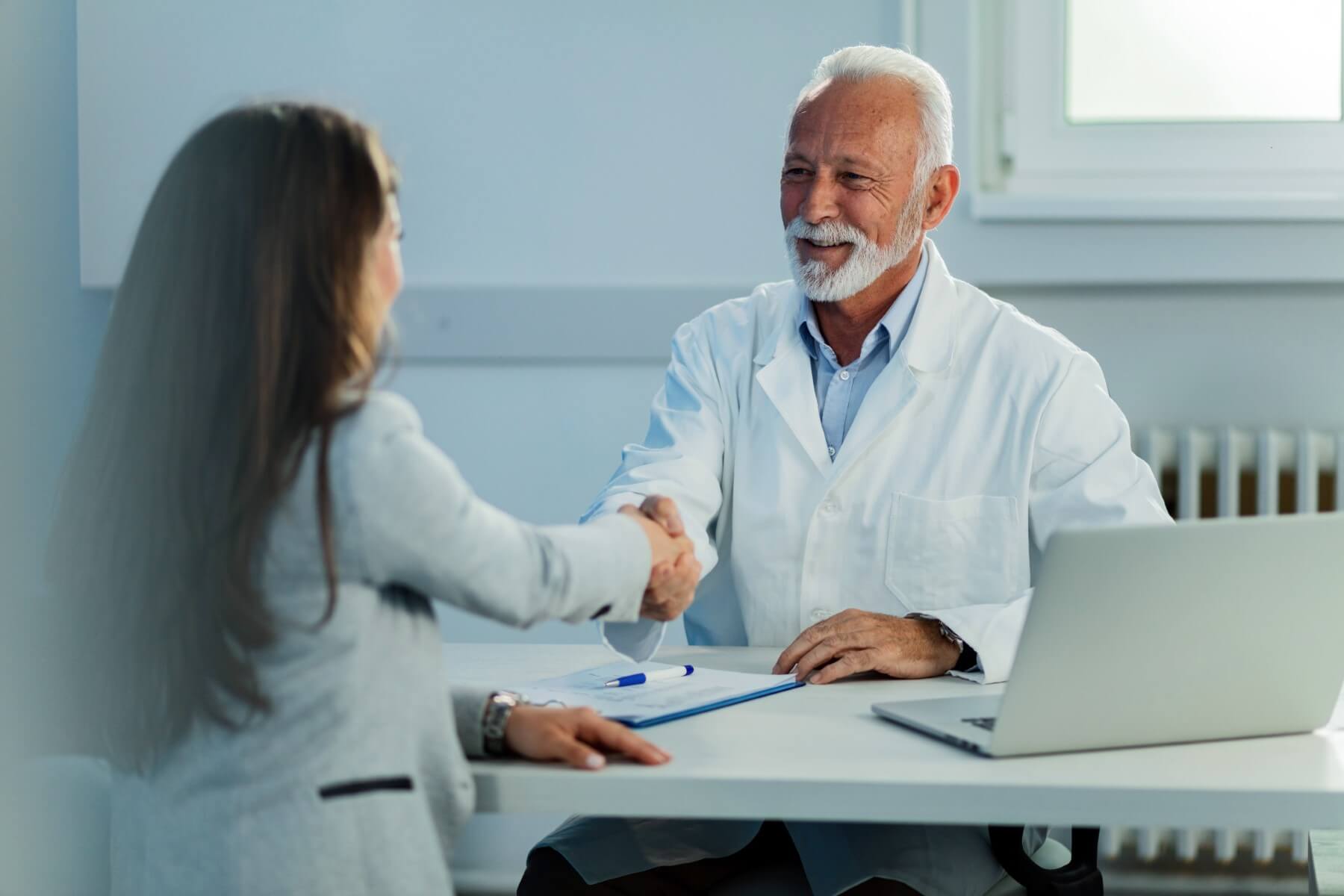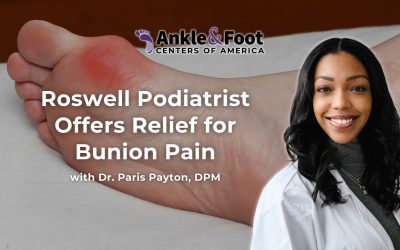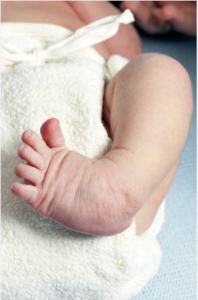
Table of Contents
Club Foot (Talipes Equinovarus) – Clubbed Feet Treatment
If you have a child with club foot, also called talipes equinovarus, you may be wondering what the best treatment options are. You’re not alone – here’s what our doctors have to say about this common condition.
What is club foot (talipes equinovarus)?
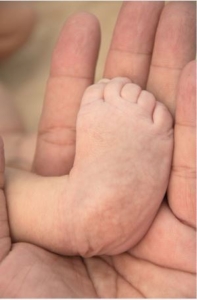 Club foot, otherwise known as talipes equinovarus, is a congenital deformity of the foot that causes it to turn inward and downward. This condition can affect one or both feet, resulting in clubbed feet, in which the heel of the foot faces inward and the toes point outward. Treatment for clubfoot generally requires a combination of physical therapy and casts to stretch the muscles and tendons in order to correct the positioning of the foot. Surgery may also be necessary and is usually done after non-surgical treatment if clubfoot still needs to be corrected further. In most cases, clubfoot can be corrected with a high success rate if treated correctly early on.
Club foot, otherwise known as talipes equinovarus, is a congenital deformity of the foot that causes it to turn inward and downward. This condition can affect one or both feet, resulting in clubbed feet, in which the heel of the foot faces inward and the toes point outward. Treatment for clubfoot generally requires a combination of physical therapy and casts to stretch the muscles and tendons in order to correct the positioning of the foot. Surgery may also be necessary and is usually done after non-surgical treatment if clubfoot still needs to be corrected further. In most cases, clubfoot can be corrected with a high success rate if treated correctly early on.
What Causes Club Foot?
Club foot is a condition that affects the feet and ankles of an affected individual, causing them to turn inwards and downwards. While what causes club foot is still unknown, many doctors theorize that genetics and environmental factors could play a role, including infections or reduced circulation in the uterus during pregnancy. Research has suggested that club foot may also be attributed to imbalances in hormones or other chemicals involved in forming baby’s feet during pregnancy. Although further studies need to be done to provide more conclusive evidence, it is clear that there are numerous potential causes of club foot that require investigation so we can better understand this condition.


How is Club Foot Diagnosed?
Diagnosing a case of club foot is an important part of treating the condition so that the patient can experience a full recovery. Often, a diagnosis begins when the physical symptoms of the condition are observed by a medical professional. Upon observing these signs, such as feet that point downward and inwards, an ultrasound scan or x-ray image may be taken to further assess whether or not club foot is present. After this, your doctor can discuss possible treatment options with you. As it is a long-term condition, regular follow up appointments with your doctor are also required to ensure successful treatment of the condition.
Treatment for Club Foot
Club foot is a serious medical condition that affects one or both of the feet and can cause difficulty when it comes to walking. Fortunately, there are several effective treatments available from physical therapy to surgical intervention, so those facing this disability usually have the chance to lead functional, prosperous lives.
Non-surgical Treatment Options
Non-surgical treatment options are typically the first line of defense, especially for infants and young children. These methods focus on gently correcting the deformity through a series of manipulations and support devices.
A. Ponseti method
The Ponseti method is a highly effective and widely used non-surgical treatment for clubfoot. It involves a series of gentle manipulations, casting, and bracing to gradually correct the deformity.
Description and effectiveness
The Ponseti method has a success rate of over 90% in treating clubfoot in young children. This approach is favored due to its low risk of complications, the minimal invasiveness, and its ability to preserve joint mobility.
Steps involved
- Gentle manipulation and casting: A specialist will carefully manipulate the child’s foot to improve its position, followed by the application of a cast to hold the foot in place. This process is repeated every week for several weeks, with each manipulation bringing the foot closer to the desired alignment.
- Achilles tenotomy: In some cases, a minor surgical procedure called Achilles tenotomy is performed to lengthen the tight Achilles tendon, further improving the foot’s position.
- Bracing: After the casting process, the child will be fitted with a custom-made brace to maintain the corrected foot position. The brace is typically worn for 23 hours a day initially and gradually reduced to nighttime use over several years.
B. French method
The French method is another non-surgical treatment option for clubfoot, focusing on stretching, taping, and physical therapy to correct the deformity.
Description and effectiveness
While not as widely adopted as the Ponseti method, the French method has shown success in treating clubfoot, especially in cases where the Ponseti method is not feasible or effective.
Steps involved
- Stretching and taping: The foot is gently stretched and taped into a corrected position, with the tape being changed every few days. This helps to gradually improve the foot’s alignment over time.
- Physical therapy: Alongside the stretching and taping, regular physical therapy sessions help to strengthen the muscles and improve flexibility in the affected foot.
- Bracing: Similar to the Ponseti method, bracing is used to maintain the corrected foot position, and the duration of bracing depends on the severity of the deformity and the child’s age.
Surgery for Club Foot
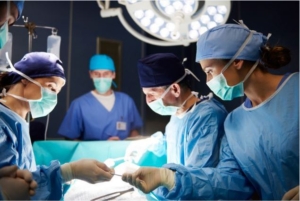 Surgery is often considered the most successful form of treatment for club foot. While surgery for club foot is an incredibly complex and delicate process, when performed by a skilled surgeon, it can be remarkably successful with little complication.
Surgery is often considered the most successful form of treatment for club foot. While surgery for club foot is an incredibly complex and delicate process, when performed by a skilled surgeon, it can be remarkably successful with little complication.
The surgery typically involves repairing misaligned tendons and ligaments, as well as shortening them to improve the overall flexibility of the foot. After surgery, the patient must go through intensive physiotherapy to help with flexibility and movement of their newly adjusted foot. With diligent physical therapy and proper rehabilitation, most patients see tremendous improvements in their quality of life after successful club foot surgery. There are various surgical techniques and approaches used to correct club foot, and the goal of all of them is to improve the flexibility and range of motion in the affected foot and help patients regain mobility.
During a surgery known as an anterior tibial tendon transfer, a tendon is relocated from one area of the foot to another in order to correct deformity. The goal of this procedure is to decrease tightness and give patients more flexibility with their own range of motion. Additional practices such as stretching, bracing, and casting can all be used in conjunction with surgery if needed. Ultimately, restoring functionality within the feet and helping patients regain mobility are our primary goals when treating club foot.
There are other types of surgery for club foot, that ultimately depend on factors such as the severity of the deformity, the patient’s age, and their overall health. Other surgical options include:
A. Soft tissue release
Soft tissue release is a surgical procedure that aims to lengthen and reposition the tight tendons and ligaments surrounding the affected foot.
Indications and goals
Soft tissue release is typically recommended for patients who have not responded well to non-surgical treatments or for older children and adults with clubfoot. The goal is to improve the foot’s alignment, function, and appearance.
Procedure overview
During the surgery, the surgeon makes incisions to release the tight tendons and ligaments, allowing the foot to be repositioned into a more normal alignment. In some cases, additional procedures such as tendon transfers may be performed to enhance foot function.
Postoperative care and rehabilitation
After the surgery, the patient’s foot will be placed in a cast to maintain the corrected position. Physical therapy and bracing are often prescribed to help with recovery, improve mobility, and prevent recurrence of the deformity.
B. Osteotomy and joint fusion
Osteotomy and joint fusion are more invasive surgical procedures that involve reshaping or fusing the bones in the affected foot to correct the clubfoot deformity.
Indications and goals
These procedures are typically reserved for more severe cases or when soft tissue release alone is insufficient. The goal is to provide long-lasting correction and improved function of the affected foot.
Procedure overview
During an osteotomy, the surgeon reshapes the bones in the foot to improve alignment. Joint fusion involves permanently joining two or more bones in the foot to maintain proper positioning and stability.
Postoperative care and rehabilitation
A cast is applied after surgery to protect and stabilize the foot as it heals. Physical therapy, bracing, and orthotics may be recommended during the recovery process to regain strength, flexibility, and function.
C. Ilizarov method
The Ilizarov method is a limb-lengthening and deformity correction technique that utilizes an external fixation device to gradually correct clubfoot.
Indications and goals
This method is primarily used in cases where previous treatments have failed or in older children and adults with severe deformities. The goal is to achieve optimal foot alignment, function, and length.
Procedure overview
The surgeon attaches an external fixator to the affected foot, which consists of rings and adjustable rods. Over time, the device is gradually adjusted to correct the deformity and lengthen the limb.
Postoperative care and rehabilitation
The Ilizarov method requires close monitoring and frequent adjustments of the external fixator. Once the desired correction is achieved, the device is removed, and the patient may require physical therapy, bracing, or orthotics to support the foot and maintain the correction.
Recovery From Surgery for Club Foot
Club foot surgery is a major undertaking, but with the right post-operative care and treatment, recovery can be successful and expeditious. In most cases, mobility returns within the first few weeks after surgery allowing patients to resume normal activities once cleared by their physician. During this time, physical therapy may help to strengthen the musculature in and around the affected area, ensuring that it regains full range of motion. We also advise patients that bandaging will reduce swelling and minimize pain during recovery, as well as remind them not to overexert themselves and take frequent breaks throughout their day. With dedication to these healing practices, club foot sufferers can look forward to an efficient return to an active lifestyle.
If you or a loved one have been diagnosed with club foot, it is important to understand the condition and all possible treatment options. Surgery is usually the most effective option, but it requires a long recovery period. If you have any questions about this condition or would like to learn more about our services, please call us today. We are happy to help!


